
Visitors skate at an outdoor rink at Shichahai in Beijing on Friday. The rink was temporarily closed at midday due to high temperatures to ensure visitor safety. (FANG FEI/FOR CHINA DAILY)
China is bracing for its most intense cold spell of the winter from Thursday to Monday, with temperatures expected to plummet by as much as 20 C in some areas, the meteorological administration said.
The cold wave will move from west to east, starting in the Xinjiang Uygur autonomous region on Thursday before sweeping through northwestern regions on Friday. It is expected to hit central and eastern areas over the weekend and reach northeastern and southern parts of the country by Monday.
Temperatures in most areas will drop by 8 to 12 C, with some regions, including Hohhot in Inner Mongolia, seeing decreases of up to 20 C.
From Saturday to Tuesday, temperatures in Northwest and North China will hit new winter lows. The eastern part of Northwest China and the central-western part of North China are expected to be the hardest hit, with some areas seeing drops exceeding 14 C.
Snowfall on Thursday will mainly affect northern Xinjiang, while snow is forecast for the eastern parts of Northwest China and North China from Friday to Saturday. Snow will continue in Northeast China on Sunday and Monday.
The meteorological administration warned that the cold wave and rain-snow conditions coincide with the Spring Festival travel rush, potentially affecting transportation. It urged drivers to reduce speeds and increase following distances when driving in wet and snowy conditions.
Meanwhile, a senior forecaster said on Sunday that the winter will be increasingly characterized by extreme temperature swings, including sudden cold spells.
"This winter has felt relatively mild so far, but it remains uncertain whether it will officially qualify as a warm winter," said Lin Nan, a meteorological analyst at the China Meteorological Administration.
Temperatures in 22 provinces, municipalities and autonomous regions, including Beijing, Tianjin, Hebei province and the Inner Mongolia autonomous region, were all above normal. Eastern Xinjiang, eastern Inner Mongolia, central and eastern Hunan, and southern Hubei saw temperatures more than 2 C higher than usual, with some areas exceeding 4 C above average.
Lin attributed the milder temperatures to weaker cold air masses. As these air masses moved southeast, they warmed gradually under sunlight, resulting in shorter and less intense cold spells in central and eastern regions.
The lack of strong winds and precipitation also reduced wind chill and damp cold effects, making temperatures feel closer to actual readings, Lin said.
Despite the mild start to winter, Lin emphasized that periods of cold weather remain likely. Whether this winter will be classified as warm depends on the average temperature from December to February being 0.5 C higher than normal.
"Even in a warm winter, there can be sharp temperature drops and cold spells," Lin said, challenging the perception that warm winters mean consistently mild weather.










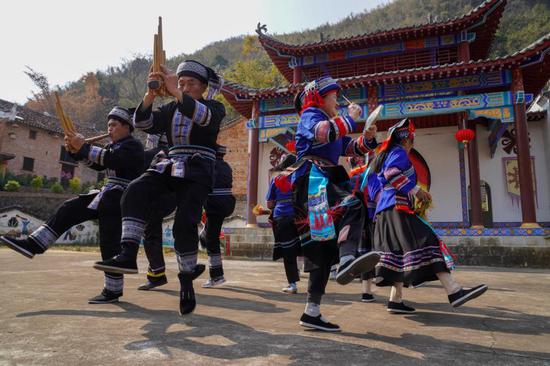
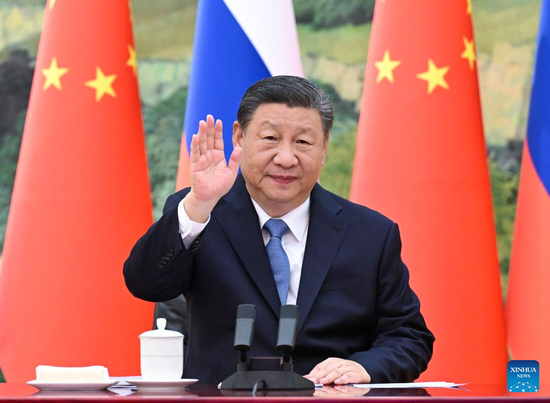
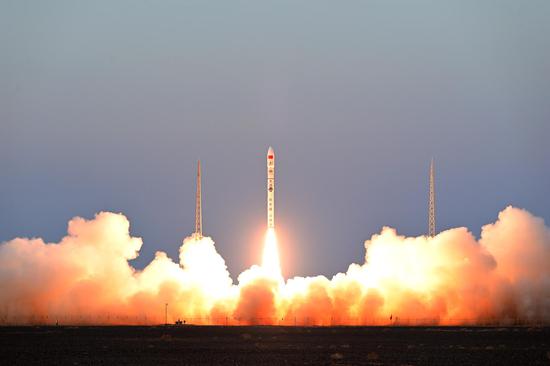

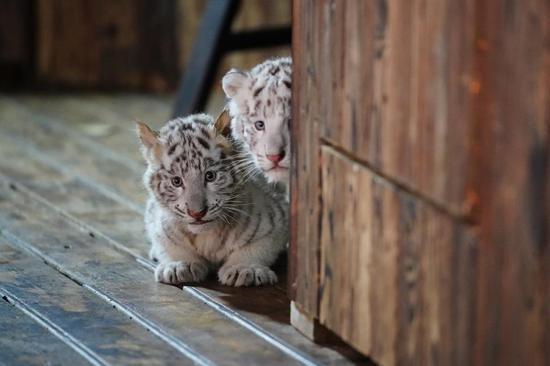

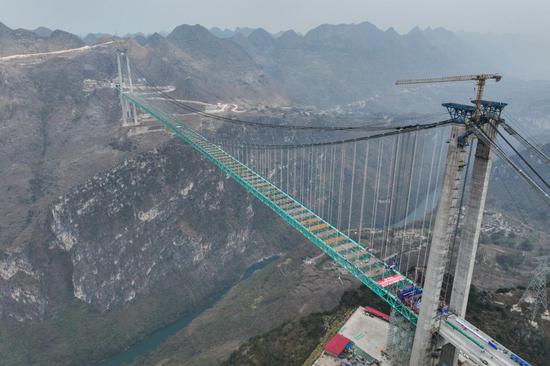




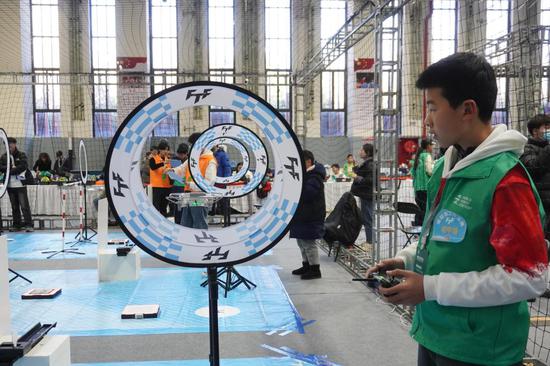

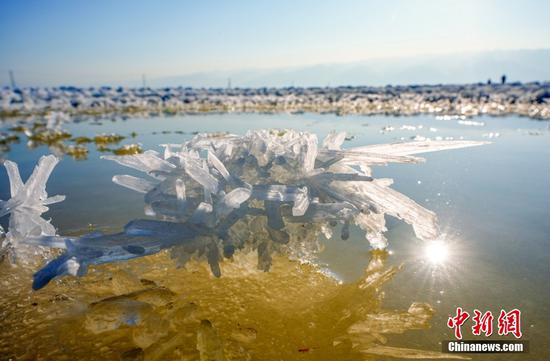


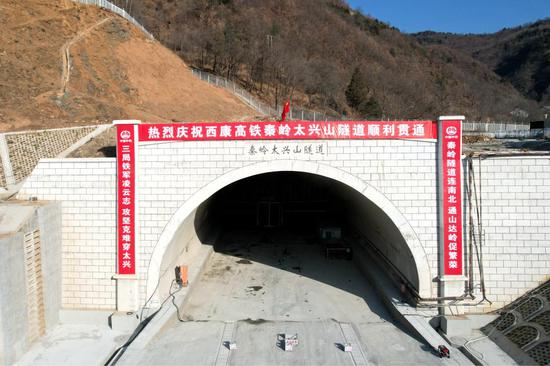



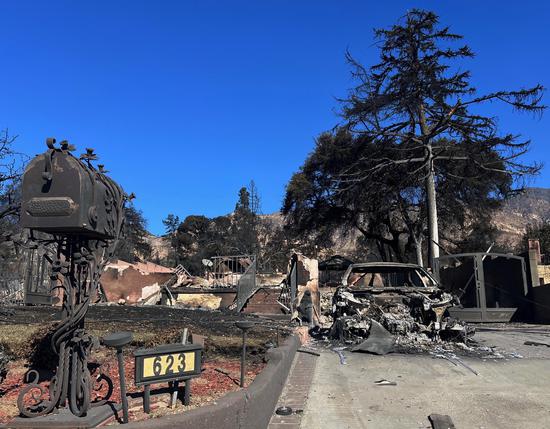


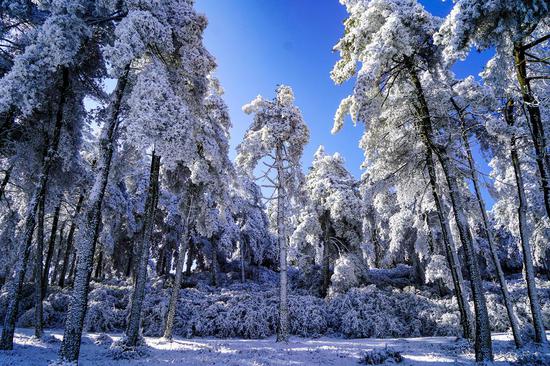

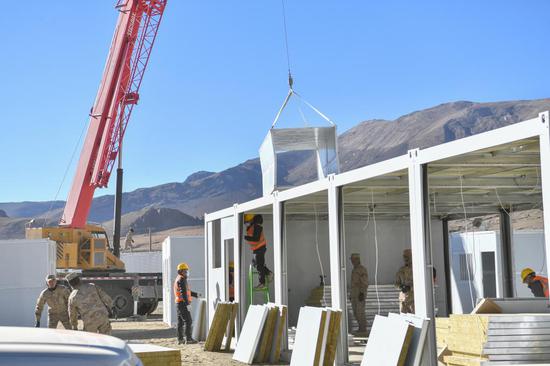
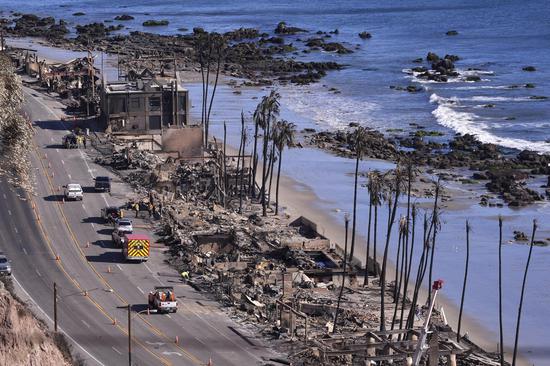



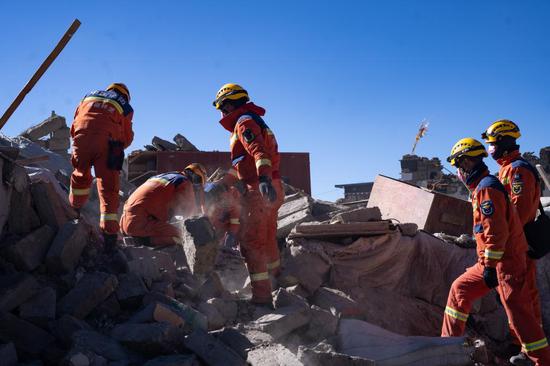









 京公网安备 11010202009201号
京公网安备 11010202009201号